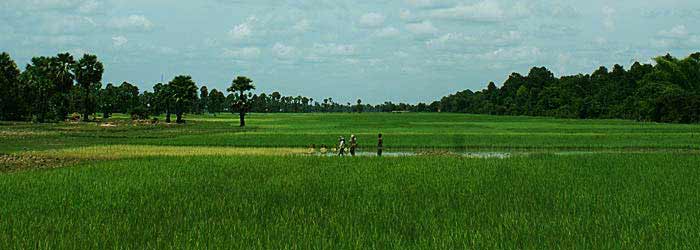
- Johann von Goethe
Cambodia Malaria risk should be considered carefully if travelling to the border regions of Cambodia but is not a significant problem for the visitor around the main tourist areas of Angkor Wat, Siem Reap, Tonle Sap and Phnom Penh.
It is worth noting that our team of expatriates and locals have lived in Siem Reap for a number of years now and have had no incidence of malaria. We do not take anti malarial medication but are careful in the way we dress and in our use of insect repellent, especially at dawn and dusk.
The areas of Siem Reap, Phnom Penh and Angkor Wat have low transmission rates for malaria. You can take medication or just sensible precautions when visiting. Elsewhere in Cambodia malaria risk can be very high and all precautions must be taken.
According to the World Health Organization on Malaria there are four important principles in protection.
If we have included border regions in your itinerary - then, you simply must take anti-malarial medication.

Cambodia Malaria Map - click to enlarge
Malaria is prevalent throughout Cambodia, but risk is low in Phnom Penh, Siem Reap and Angkor Wat, and the areas surrounding the Tonle Sap lake and Mekong river. According to current UK travel advice Doxycycline, Mefloquine (Lariam) or Atovaquone/Proguanil (Malarone) are suitable if chemical prophylaxis is being considered.
No anti-malarial drug is 100% effective, however, or free of side-effects, and we strongly recommend avoiding bites as the best defence - wear long sleeves and trousers (especially in the evenings), use an insect repellent, and sleep under a mosquito net (or in a screened room).
Peerless service standards and local positioning have made us the tour operator of choice by international luxury travel groups and discerning independent travellers to Angkor Wat, Cambodia and Southeast Asia.